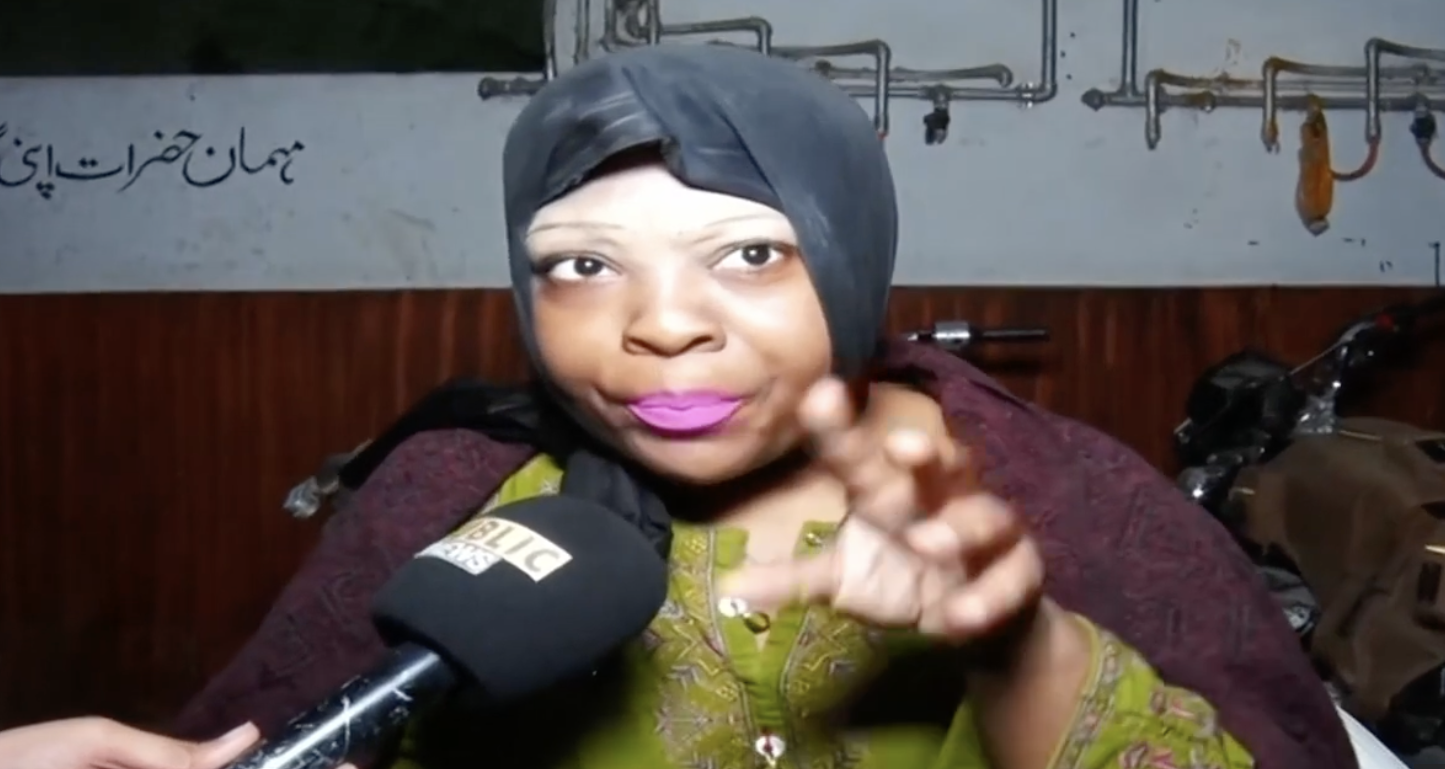The natural surrealism of the St Ives seaside, barnacles and limpets clinging to suggestively shaped rocks, is the perfect context for the surrealist art of Ithell Colquhoun. While sea shells, corals and translucent green water are far from her only subjects, she did paint them with a ravishing, hypnotising sensuality.
In her 1938 painting Scylla, two rocky pinnacles rise from a translucent green-blue sea – except these geological formations are not stone, they are flesh. Knobbly pink sausages intertwine to form towering pillars. Their summits are rounded like the ends of two erect penises – that’s the artistic intention, not my dirty daydreaming. Colquhoun, as she said, is in the bath beholding her own thighs. Between them sprouts a red coral for pubic hair. A sharp-prowed boat is heading towards the opening.
There are two reasons Colquhoun is such a delight. We’ll save the wildest until last. First, let’s recognise a simple technical fact: she’s a wondrous colourist. It’s the pale yet sharp colouring of Scylla that makes it so hallucinatory, a surrealist masterpiece that perfectly enacts this art movement’s belief in the liberating power of the unconscious.
Born in 1906 into the imperial elite in India, Colquhoun went to Cheltenham Ladies’ College then got a solid, old-fashioned training as a figurative painter at the Slade, with teachers including the artistically conservative Henry Tonks. Yet even in her early works, she has a feel for chromatic fun. In her 1935 portrait Humfrey Gilbert Garth Payne, a man in a sapphire blue shirt is framed against a room full of amber and ivory light.
When she embraced surrealism, that chromophilia became ecstatic. In her 1946 painting Alcove, a subterranean chamber opens up in glowing intense colours that destabilise your optic nerve: red like the body’s inner softness, a fiery orange, a colour that’s yellow and pink, while a blue worm rises from the flame. It is vaginal, that’s obvious, yet also unearthly, like the tent of a divinity.
She adopted the surrealists’ use of “automatism” to bypass rational thought and tap into the Freudian unconscious. Her preferred technique was Decalcomania, in which you blot wet colours by folding and squeezing the paper. What she saw in stains will open your mind. Colquhoun is some kind of genius. Her mind ignites itself in scintillating starbursts of mystery. In St Elmo, a flowery organic mound gives birth to a fleshy entangled tower of pink tubes against a foamy sky or sea of molten blue: you can see clearly how it began as a Decalcomanic blot of random colours and textures. Out of this lovely chaos Colquhoun has pictured a form like the architecture of the innermost body.
In fact, there are unlikely photos of her from an early BBC television broadcast in 1948, giving a demonstration of how to do your own automatic art. Why is it so unlikely she broadcast from Ally Pally on the Reithian BBC? Because the other reason for Colquhoun’s distinctive energy was her fascination with magic.
It is there in her 1932 painting Aaron Meeting Moses, in which horns and a red curvy magic wand suggest the occult rather than the Old Testament. It pervades her imaginings right through to the abstract, druggy-hued tarot deck she created in 1977.
Colquhoun’s belief in the occult was, apparently, dead serious. It got her thrown out of the official British surrealist group, because her membership of the magical Order of the Golden Dawn seemed dodgy to them after Britain went to war with Germany. The surrealists had a point: the Golden Dawn had an interest in eugenics and the use of “sex magick” to develop spiritually superior beings.
I may be occult-phobic but every bit of mystical tosh is treated here with too much respect. The Tate has even published Sex Magic, a compendium of her occult designs, as “a radical contribution to our understanding of magic, art, sexual enlightenment and female desire”. There’s too much reverence also to her book The Living Stones, which told 1950s readers about the druidic magic of Cornwall’s stone circles – long after any connection between such Neolithic monuments and the druids was disproved.
I’m with the surrealists; all for desire and the unconscious, not so sure about the ritualistic paganism. By far the weakest room in the exhibition is dedicated to Colquhoun’s cosmological drawings. Her depiction of Sex Magic is fun, though.
You don’t need to take an artist’s ideas literally, let alone share them, to be inspired by the art. It is not necessary to take William Blake’s personal mythology of Urizen or Los as gospel to appreciate him as a visionary artist. And at times Colquhoun is Blakean – not to mention Shakespearean.
In her 1939 painting Gouffres Amers, a fallen figure lies on a rocky shore and yet at the same time seems to be underwater. He could be a crashed pilot, given the date. He is conscious as he decays. Coral sprouts from his chest, seaweed from his groin, as his skeletal form evolves into some new life, perverse and sex-magickal. Those are pearls that were his thighs.







